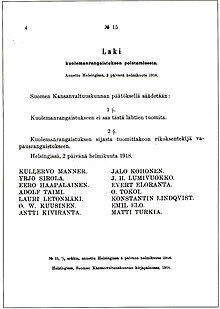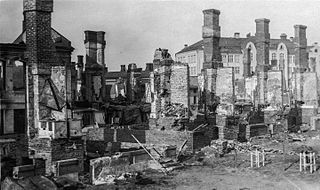
The Finnish Civil War was a civil war in Finland in 1918 fought for the leadership and control of the country between White Finland and the Finnish Socialist Workers' Republic during the country's transition from a grand duchy ruled by the Russian Empire to a fully independent state. The clashes took place in the context of the national, political, and social turmoil caused by World War I in Europe. The war was fought between the Red Guards, led by a section of the Social Democratic Party, and the White Guards, conducted by the senate and those who opposed socialism with assistance late in the war by the German Imperial Army at the request of the Finnish civil government. The paramilitary Red Guards, which were composed of industrial and agrarian workers, controlled the cities and industrial centres of southern Finland. The paramilitary White Guards, which consisted of land owners and those in the middle and upper classes, controlled rural central and northern Finland, and were led by General C. G. E. Mannerheim.

Kyösti Kallio was a Finnish politician who served as the fourth president of Finland from 1937 to 1940. His presidency included leading the country through the Winter War; while he relinquished the post of commander-in-chief to Carl Gustaf Emil Mannerheim, he played a role as a spiritual leader. After the war, he became both the first President of Finland to resign and the only one to die in office, dying of a heart attack while returning home after submitting his resignation.

Pehr Evind Svinhufvud af Qvalstad was the third president of Finland from 1931 to 1937. Serving as a lawyer, judge, and politician in the Grand Duchy of Finland, which was at that time an autonomous state under the Russian Empire’s rule, Svinhufvud played a major role in the movement for Finnish independence. He was the one who presented the Declaration of Independence to the Parliament.

The Senate of Finland combined the functions of cabinet and supreme court in the Grand Duchy of Finland from 1816 to 1917 and in independent Finland from 1917 to 1918.
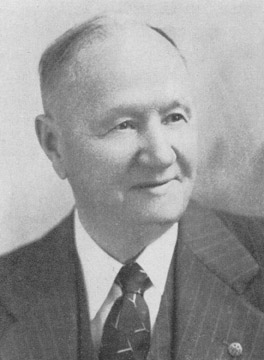
Antti Oskari Tokoi was a Finnish socialist who served as a leader of the Social Democratic Party of Finland. In 1917 Tokoi acted as a Chairman of the Senate of Finland and thus he was the world’s first social democratic leader of the government. During the short-lived Revolution of 1918, Tokoi participated as a leading figure in the revolutionary government. Tokoi later emigrated to the United States, where he served as the long-time editor of Raivaaja, the newspaper of the Finnish Socialist Federation.
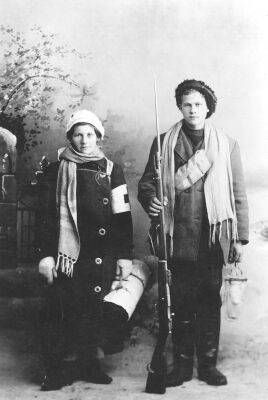
The Red Guards were the paramilitary units of the labour movement in Finland during the early 1900s. The Red Guards formed the army of Red Finland and were one of the main belligerents of the Finnish Civil War in 1918.

The Finnish Socialist Workers' Republic (FSWR), more commonly referred to as Red Finland, was a self-proclaimed socialist state in Finland during the Finnish Civil War from January to May 1918.

Yrjö Elias Sirola was a Finnish socialist politician, writer, teacher, and newspaper editor. He was prominent as an elected official in Finland, as minister of foreign affairs in the 1918 Finnish Socialist Workers' Republic, a founder of the Communist Party of Finland, and as a functionary of the Communist International.
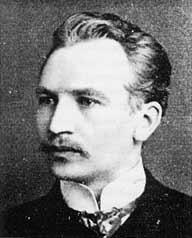
Kullervo Achilles Manner was a Finnish and Soviet politician. He was one of the leaders of the Finnish Socialist Workers' Republic.

Eero Haapalainen was a Finnish politician, trade unionist and journalist, who served as the commander-in-chief of the Red Guards from January to March 1918 during the Finnish Civil War.

Adolf Pietarinpoika Taimi was a Finnish-Soviet Bolshevik and a member of the People's Delegation during the Finnish Civil War. After the civil war Taimi fled to Soviet Russia where he was one of the founding members of the Communist Party of Finland.

Frans Evert Eloranta was a Finnish politician and a Member of the Parliament for the Social Democratic Party in 1908–1918. During the Finnish Civil War, Eloranta served as the Minister of Agriculture of the Finnish Socialist Workers' Republic. In March 1918, he was elected the commander-in-chief of the Red Guards as a member of the triumvirate with Eino Rahja and Adolf Taimi. After the war, Eloranta fled to the Soviet Russia, where he allegedly died in 1936.

The Whites, or White Finland, is the nickname used to refer to the refugee and provisional government following the October Revolution and those forces who fought for and under Pehr Evind Svinhufvud's first senate, who were opposed to the "Reds", or the Finnish Socialist Workers' Republic, during the Finnish Civil War or the 'Finnish War of Independence', as it is often called by the Whites, in 1918.
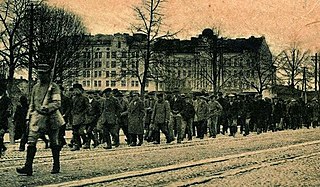
The Battle of Viipuri was a 1918 Finnish Civil War battle, fought 24–29 April between the Finnish Whites and the Finnish Reds in Viipuri. Together with the Battle of Tampere and Battle of Helsinki, it was one of the three major urban battles of the Finnish Civil War. The battle is also remembered because of its bloody aftermath, as the Whites executed up to 400 non-aligned military personnel and civilians of Russian and associated ethnicities.
This is a timeline of the Independence of Finland. Timeline starts from February Revolution and ends with membership of the League of Nations. Events take place in Saint Petersburg and Finland.

Herman Hurmevaara was a Finnish Social Democratic Party of Finland Member of Parliament. He was born in Kiuruvesi, and served in the Parliament of Finland from 1917 to 1919. In the 1920s, he lived in Sweden. In 1930, he was exiled from Sweden, and with his family he moved to the Soviet Union. During the Great Purge, Hurmevaara was arrested on charges of espionage and imprisoned on December 23, 1937. He was later sentenced to death and executed by firing squad in Petrozavodsk. After the death of Joseph Stalin, he was rehabilitated in 1956.

August Anselm Wesley was a Finnish journalist, trade unionist, and revolutionary who was the chief of the Red Guards general staff in the Finnish Civil War. He later served as a lieutenant in the British organized Murmansk Legion and the Estonian Army.

Events in the year 1917 in Finland.
Socialism in Finland is thought to stretch back to the latter half of the 19th century in the Grand Duchy of Finland, with the radicalization of the labour movement and increasing industrialization of Finland.
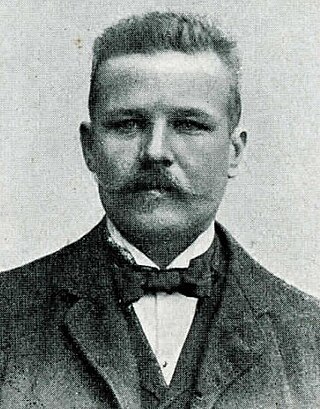
Matti Turkia was a Finnish newspaper editor, politician and member of the Parliament of Finland, the national legislature of Finland. A member of the Social Democratic Party (SDP), he represented Uusimaa Province between October 1930 and April 1945. He had previously represented Viipuri Province West from May 1907 to May 1909 and from February 1914 to April 1917. He was secretary of the SDP from 1906 to 1918.


